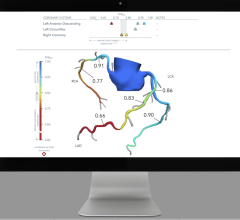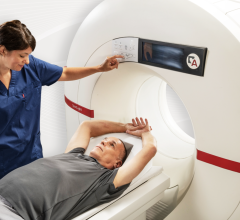January 2, 2013 — The Medical Imaging and Technology Alliance (MITA) said that failure to delay the new medical device excise tax, along with Medicare cuts for imaging and radiation therapy services passed by Congress as part of the “fiscal cliff” package, will hinder patients’ access to early disease detection and therapy services and threaten American medical technology jobs.
The legislation reduces physician office Medicare payments for advanced imaging services by $800 million and hospital reimbursements for radiation therapy by $300 million over 10 years. These cuts are in addition to the more than $1 billion in cuts for imaging and radiation therapy services put in place earlier in 2012.
Further, MITA said that Congress’ refusal to address the 2.3 percent medical device tax as part of the fiscal cliff package will harm America’s global leadership in the development of innovative medical imaging technologies and is estimated to cost up to 43,000 medical technology jobs in the United States
“When you add up all the Medicare cuts and Congress’ reluctance to address the $30 billion medical device tax, this legislation produces a devastating impact that harms patient access to care, moves manufacturing jobs overseas and threatens America’s leadership in medical research and development,” said Gail Rodriguez, MITA’s executive director.
“We hope the administration and congressional leaders will take notice of the growing bipartisan opposition to the job-killing device tax and immediately repeal or delay it,” Rodriguez said. "Further, Congress should reverse Medicare cuts since the data clearly show that imaging use per beneficiary is on the decline. It is arbitrary and capricious for Congress to cut imaging and radiation therapy reimbursements without a full understanding of how those cuts negatively impact their constituents’ ability to receive imaging and radiation therapy that saves lives.”
A MITA report released in October shows that imaging utilization per Medicare beneficiary declined by 5.12 percent since 2009 and spending on imaging services for each Medicare beneficiary has dropped 16.7 percent since 2006. That report was echoed in a policy brief from the Harvey L. Neiman Health Policy Institute that shows medical imaging utilization and spending has declined since 2006, while the average length of hospital stays in the United States has increased.
For more information: www.medicalimaging.org/category/mita-news


 July 16, 2024
July 16, 2024 








